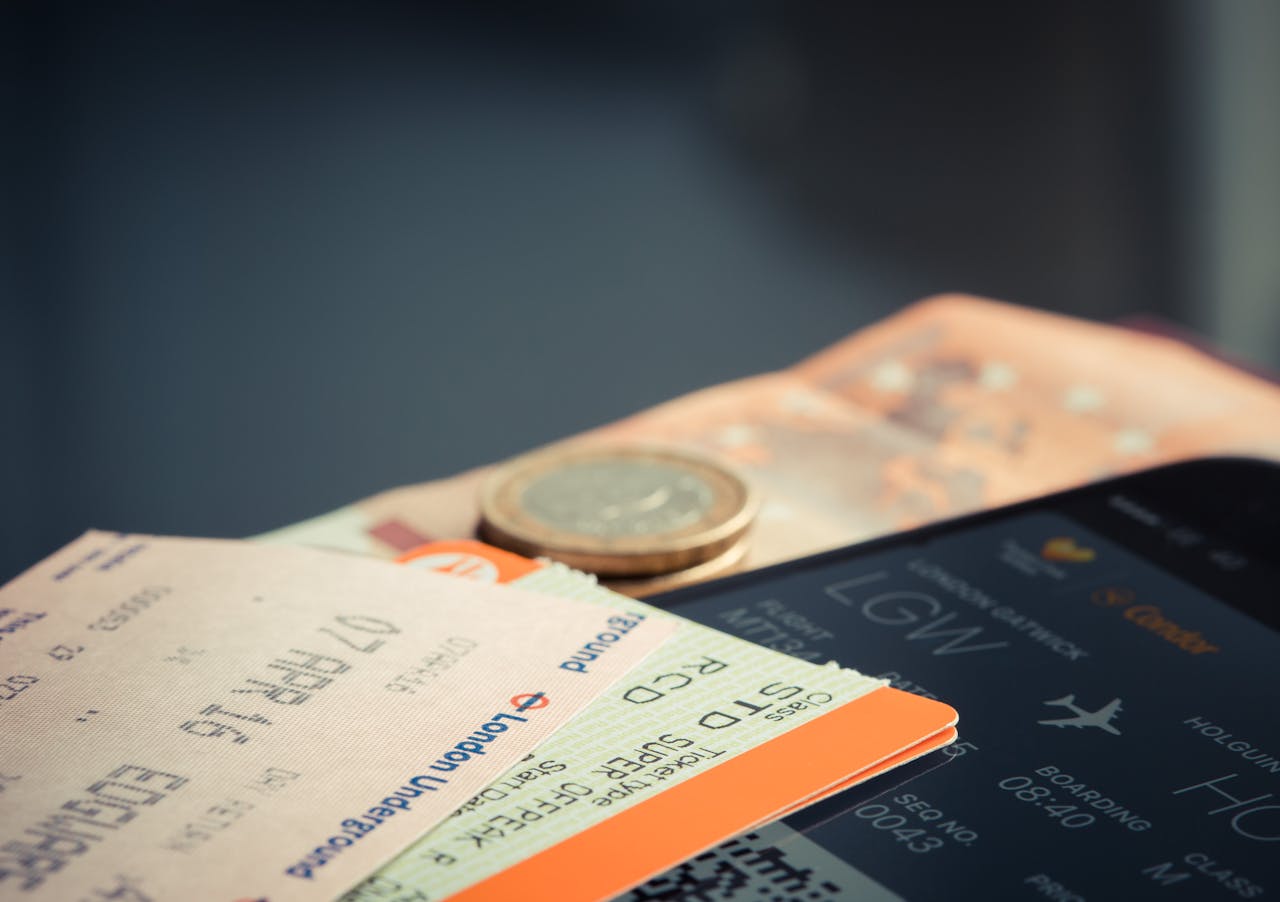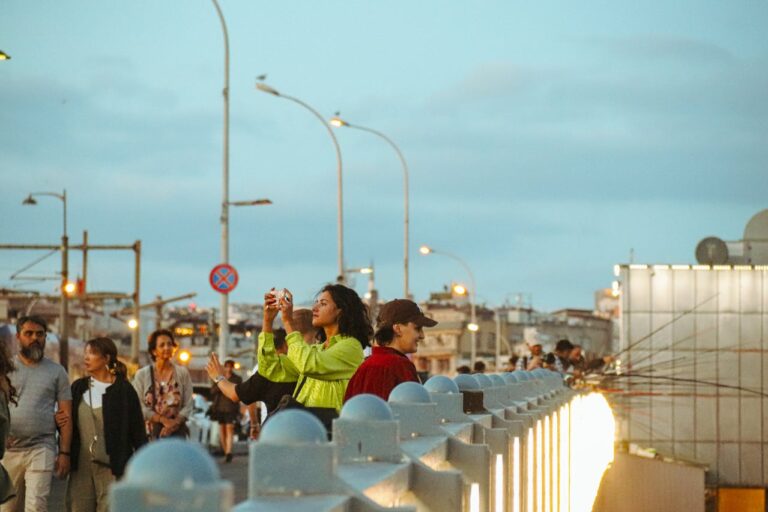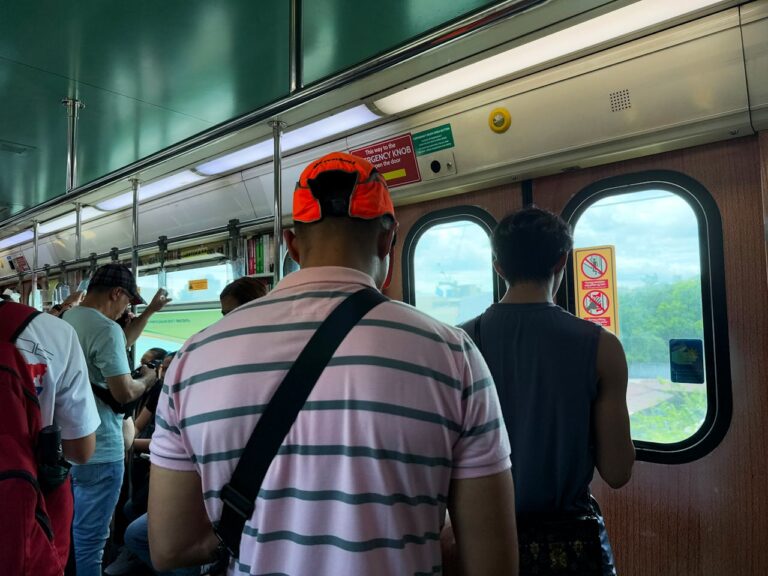Write Us: hello@ali5.org
The Science of Smart Itineraries: How to Plan Without Overplanning
Learn the science of building smart itineraries. Discover how to plan trips that stay organized yet leave room for spontaneity, making every journey both stress-free and memorable.

A trip that feels like a military operation is not the same as one that is well planned. You don’t waste time because you have discipline on one side. On the other hand, you’re so busy that you need a vacation from your holiday.
The key is to find the “sweet spot,” a smart plan that tells you what to do without making you commit to every minute. Here’s how to make one and why being able to change things can make your trip better than you thought.
Why planning too much doesn’t work.
Two things happen when you plan too much:
- You kill being spontaneous. That secret café you found by accident? You’re already late for your next appointment, so you can’t stop now.
- You make stress happen. Travelers get tired, experience delays, and the weather can change. A full plan doesn’t allow for changes.
Planning is meant to make your trip better, not take over. You want to make a plan that supports the events you want most while also leaving room for the unexpected.
1. The Reasons Why Flexible Travel Works
People who study psychology call the mental weariness that comes from having to make too many choices “decision fatigue.” With a smart itinerary, you don’t have to make as many choices as you need to. On the other hand, it keeps your brain active by giving you time to explore and change.
- It’s like jazz music: there’s a framework, but you can make things up as you go along.
- Start with your “anchors” in the first step.
- Anchors are the things you can’t miss, the experiences or events you’d be sad to miss. These could be:
- A show you’ve planned for months
- A tour guide who only works some days
- A table at a place on your “bucket list” for dinner
- Write these first on your calendar. They are the foundation on which everything else is built.
2. Do one major thing daily.
In a new place, it’s easy to want to fit as much as possible into a short time. But your time, energy, and pleasure can only go so far.
You can really enjoy one big thing a day if you only focus on it for one day. You can still fit in smaller, more spontaneous trips before or after.
3. Use “soft slots” to make things better.
Instead of having to fill every empty spot in your day, make “soft slots” unplanned blocks of time that you can use however you want. You might use it to look around an area, unwind at a café, or see what a local says.
This keeps your trip feeling new and stops you from getting stuck in a “checklist” mode.
4: Activities for the group by location
Going back and forth across a city is the fastest way to waste time and energy. Plan your tasks so that you can focus on one area at a time.
It’s easier to plan your trip this way, and you can also spend more time in each area instead of rushing through them.
5: Know how long the trip will take.
Even though Google Maps says the trip only takes 20 minutes, it usually takes longer because of things like waiting for transportation, getting lost, or stopping to take pictures. Plan for extra time so you don’t have to constantly race the clock.
6: Plan your day around your energy high points
Different people like to explore in the morning and at night. You can plan better days if you know your natural pace.
Plan physically demanding activities, like hikes or walking tours of cities, for when you’re feeling energized. Then, plan low-key activities, like going to the museum or having a slow dinner, for when you’re naturally winding down.
7: Give each trip a theme
A theme can help you focus and keep you from making too many plans. If you don’t want to see “everything,” you could:
- Food and stores
- The history of architecture
- Adventures outside
- The arts and culture
This not only helps you plan your trip, but it also makes it easy to make choices when you get there.
8: Don’t plan anything for a whole day.
Yes, a whole day. It’s kind of like a wild card. It can be used for:
- Go back to a place you loved.
- Do what a new suggestion says.
- Take a break and recharge.
People often remember the most the days they didn’t plan because they were completely shaped by their mood at the time.
9: Make your plan clear but flexible.
Your travel plans should be easy to find, whether you use a trip app, a shared Google Doc, or a notebook. Use it as a guide, not a set of rules.
Don’t be afraid to change things up if something great comes up, like a street festival, a last-minute invite, or just a wish to take it easy.
10: Accept that planning is “good enough”
We all know that trips don’t always go as planned. That’s not a bad thing; it’s what makes travel fun. A good itinerary strikes a mix between being ready and being ready to change plans when things come up.
- What a Smart Itinerary Can Do for You
- When you make plans without making too many, you:
- Cut down on choice fatigue
- Do not get burned out.
- Leave room for shocks.
- Feel pleased instead of rushed at the end of each day.
You have a wider range of memories that weren’t all based on a plan when you get back home.
Last Thoughts
Planning and winging it are both parts of traveling. Plan just enough to give your trip shape, but not so much that you miss the fun of the unknown.
It’s not about seeing everything on a smart schedule; it’s about doing the right things at the right time, so you come back home feeling inspired instead of tired.







